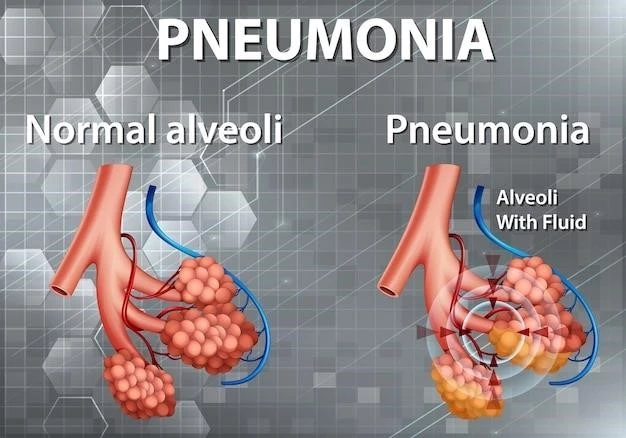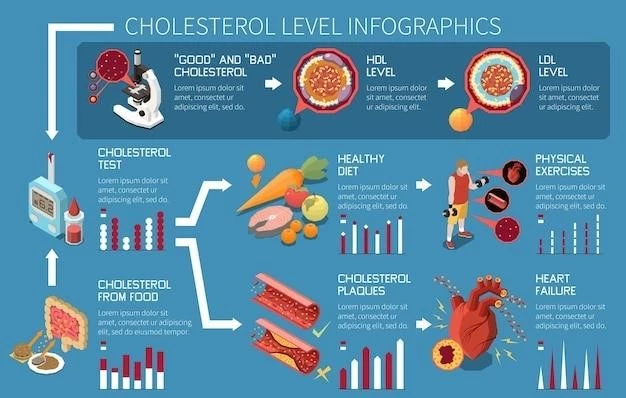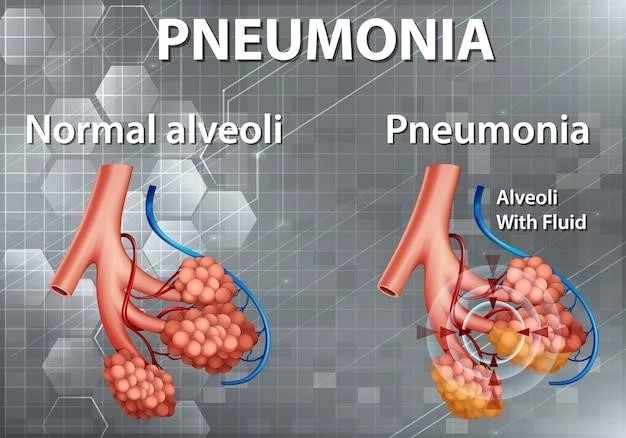Introduction to Prinzmetals Variant Angina
Variant angina, also known as Prinzmetal angina, vasospastic angina, or angina inversa, is characterized by episodes of rest angina due to coronary artery vasospasm.
Variant angina, also known as Prinzmetal angina, vasospastic angina, or angina inversa, is a condition characterized by chest pain, often at rest or during sleep, due to coronary artery vasospasm. Unlike stable angina triggered by exertion, variant angina usually occurs in periods of relaxation. This type of angina is thought to be caused by spasms in the coronary arteries, leading to reduced blood flow to the heart muscle. Symptoms include chest pain, pressure, shortness of breath, sweating, and nausea. Diagnosis involves documenting transient ST-segment elevation during chest pain episodes and often requires coronary angiography to assess the severity of underlying issues. Treatment typically involves the use of nitroglycerin for acute attacks and long-term management with vasodilators or alpha blockers. Lifestyle changes and avoiding triggers such as hyperventilation, cold exposure, and emotional stress are also crucial in managing Prinzmetals variant angina.
Description and Characteristics of Prinzmetals Variant Angina
Variant angina, also known as Prinzmetal or vasospastic angina, is characterized by chest pain due to coronary vasospasm, different from stable angina triggered by exertion. Symptoms include chest pain, shortness of breath, and nausea.
Historical Perspective and Naming Conventions
Prinzmetal’s angina, also known as variant angina, vasospastic angina, or angina inversa, is named after the researcher who first noted coronary artery spasms as a cause of chest pain. This condition, characterized by chest pain due to coronary artery vasospasm, differs from stable angina that is often triggered by exertion. Initially described by Prinzmetal et al., the syndrome presents with episodes of rest angina promptly relieved by short-acting nitrates.
Symptoms and Diagnosis of Prinzmetals Variant Angina
Prinzmetals variant angina, or vasospastic angina, is characterized by chest pain due to coronary artery vasospasm. Symptoms often occur at rest or during sleep, distinguishing it from stable angina triggered by exertion.
Identification of Symptoms and Diagnostic Procedures
Prinzmetals variant angina, or vasospastic angina, typically presents with chest pain due to coronary artery vasospasm. The symptoms often occur at rest or during sleep, distinguishing it from stable angina triggered by exertion. Diagnosis involves documenting transient ST-segment elevation during chest pain episodes and may require coronary angiography to assess underlying issues. Patients with Prinzmetals variant angina may experience chest pain, shortness of breath, sweating, and nausea.
Causes and Triggers of Prinzmetals Variant Angina
Prinzmetals variant angina, also known as coronary artery vasospasm, is caused by spasms in the coronary arteries, leading to reduced blood flow and oxygen supply to the heart muscle. These spasms can be triggered by factors such as hyperventilation, exposure to cold, and extreme emotional stress.
Potential Causes and Common Triggers for Prinzmetals Variant Angina
Prinzmetals variant angina, or vasospastic angina, is caused by a spasm in the coronary arteries leading to reduced blood flow to the heart muscle. Common triggers for these spasms include hyperventilation, exposure to cold, and extreme emotional stress. The temporary narrowing of the arteries can result in chest pain, tightness, shortness of breath, sweating, and nausea or vomiting.

Treatment Options for Prinzmetals Variant Angina
Medical therapy for Prinzmetals variant angina typically involves the use of short-acting nitroglycerin during acute attacks. Long-term management may incorporate vasodilators or alpha blockers, although treatment can be challenging due to the short-half life and potential side effects of some medications. Lifestyle modifications, such as stress reduction and avoidance of triggers, are also essential in managing symptoms.
Available Medical Therapies and Interventions
Treatment for Prinzmetals variant angina typically involves the use of short-acting nitroglycerin during acute episodes. Long-term management might include vasodilators or alpha blockers, although challenges exist due to medication side effects. Lifestyle changes and avoidance of triggers are crucial in managing this condition.
Pathophysiology of Prinzmetals Variant Angina
Prinzmetals variant angina, caused by coronary artery vasospasm, results in reduced blood flow and oxygen supply to the heart muscle, leading to chest pain episodes often at rest or during sleep.
Understanding the Mechanisms Behind Coronary Vasospasm
Prinzmetals variant angina, also known as coronary artery vasospasm, is a condition where the smooth muscle tissue in the coronary artery spasms, leading to reduced blood flow to the heart muscle. This can result in chest pain, also known as angina.
Prinzmetals variant angina, also known as vasospastic angina, can be triggered by factors like hyperventilation, cold exposure, and extreme emotional stress, often leading to chest pain episodes at rest or during sleep.

Risk Factors Associated with Prinzmetals Variant Angina
Prinzmetals variant angina, also known as vasospastic angina, can be triggered by factors such as hyperventilation, exposure to cold, and extreme emotional stress, often leading to chest pain episodes at rest or during sleep. Other risk factors may include underlying heart conditions and genetic predisposition.
Prinzmetals variant angina, caused by coronary artery vasospasm, if untreated, can lead to serious complications such as heart attack and life-threatening consequences due to reduced blood flow to the heart muscle.
Complications Arising from Prinzmetals Variant Angina
Prinzmetals variant angina, caused by coronary artery vasospasm, can lead to serious complications such as heart attacks and life-threatening consequences due to reduced blood flow to the heart muscle if left untreated.
Lifestyle Changes and Management Strategies for Prinzmetals Variant Angina
Managing Prinzmetals variant angina involves lifestyle modifications such as stress reduction, avoiding triggers like hyperventilation, cold exposure, and emotional stress, and adhering to prescribed medications and therapies to alleviate symptoms and improve quality of life.
Implementing Healthy Practices to Alleviate Symptoms and Improve Quality of Life
Managing Prinzmetals variant angina involves lifestyle modifications such as stress reduction, avoiding triggers like hyperventilation, cold exposure, and emotional stress, and adhering to prescribed medications and therapies to alleviate symptoms and improve quality of life.
Research and Developments in Prinzmetals Variant Angina
The research on Prinzmetals variant angina focuses on understanding coronary artery spasm mechanisms, improving diagnostic techniques, exploring novel treatments, and enhancing lifestyle management strategies to alleviate symptoms and enhance the quality of life for affected individuals.
Recent Studies, Findings, and Emerging Treatments in the Field
Recent research on Prinzmetals variant angina focuses on understanding coronary artery spasm mechanisms, improving diagnostic techniques, exploring novel treatments, and enhancing lifestyle management approaches to alleviate symptoms and enhance the quality of life for affected individuals.
Support Resources for Individuals with Prinzmetals Variant Angina
For individuals with Prinzmetals variant angina, accessing information and assistance for managing the condition can be crucial for improving their quality of life. Support resources can provide guidance on finding the right healthcare provider, receiving correct diagnoses, and connecting individuals with the resources they may need to navigate their condition effectively.
Accessing Information and Assistance for Managing Prinzmetals Variant Angina
Individuals with Prinzmetals variant angina can benefit from accessing information and assistance to effectively manage their condition. Support resources offer guidance on finding suitable healthcare providers, obtaining accurate diagnoses, and connecting individuals with necessary resources to navigate their condition successfully. Resources like GARD (Genetic and Rare Diseases Information Center) can provide personalized support and information to enhance the quality of life for those affected.
